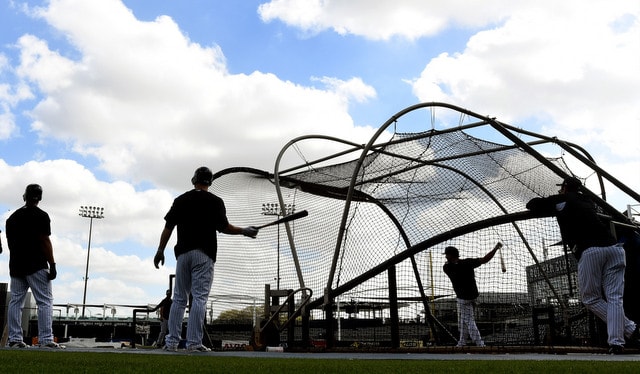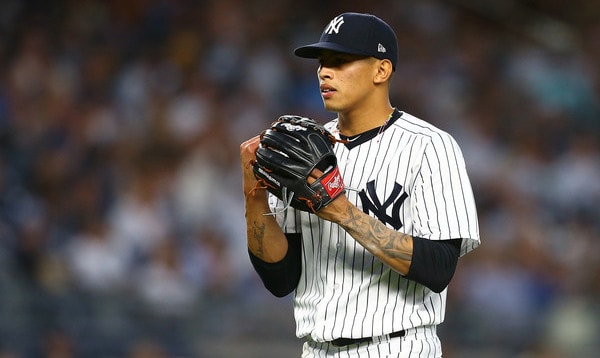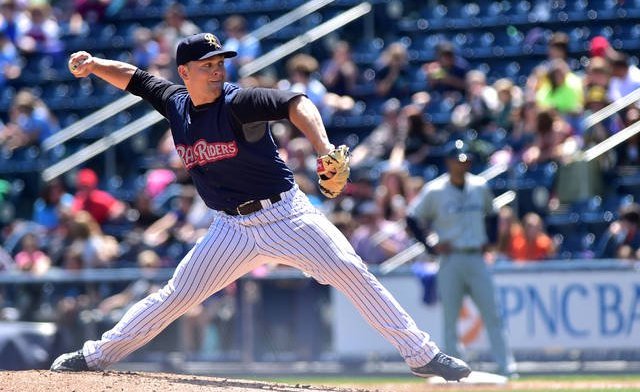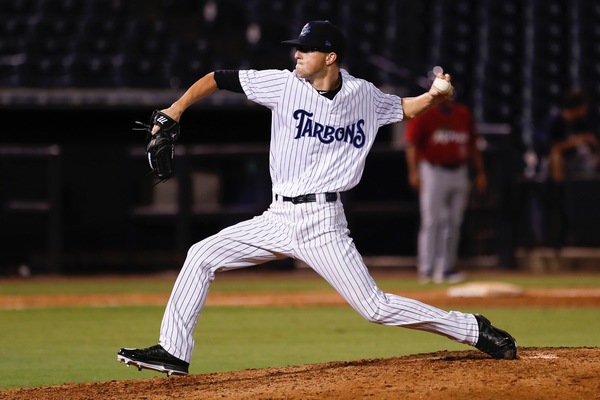- Aaron Boone said Aaron Hicks is the front-runner to bat leadoff this season, though he hasn’t ruled out Gleyber Torres either. That would allow them to move Hicks and his switch-hitting bat into the middle of the order. Boone added he would “flirt” with batting Aaron Judge and Giancarlo Stanton one-two against left-handed pitchers. That’d be fun. [Brendan Kuty, Joel Sherman]
- Didi Gregorius (Tommy John surgery) has his next doctor’s appointment in early March, and, if everything checks out okay, he could begin swinging a bat two-handed soon thereafter. Gregorius started a throwing program last week and is currently swinging one-handed with his non-Tommy John surgery arm. [Lindsey Adler]
- Boone named Trevor Stephan as someone who’s stood out to him early in camp. “The stuff, the repertoire, the three pitches … It was exciting to see one of our young guys that maybe doesn’t impact our club this year, but it’s a little glimpse of guys on their way a little bit,” he said. I ranked Stephan as the team’s 13th best prospect last week. [Brendan Kuty]
- We have our first (unofficial) roster cut: Mike King. He’s shut down with an elbow injury and was sent to minor league camp to rehab. His locker’s empty and his nameplate was taken down. Boone said King has not been completely ruled out for pitching this spring. We’ll see. There are still 62 players in big league camp. [Randy Miller, Brendan Kuty]
- Today’s bullpen sessions: Domingo Acevedo, Rex Brothers, Drew Hutchison, Luis Severino, and Stephan. Here’s some video of Severino. [Randy Miller]
Position players will report to Spring Training tomorrow — most of them have been working out across the street at the minor league complex for a week or so now — and new father Dellin Betances is expected to arrive tomorrow as well. The first Grapefruit League game is six days away.











